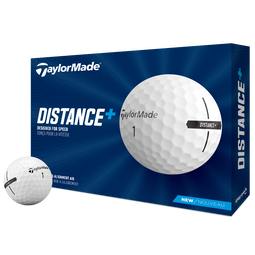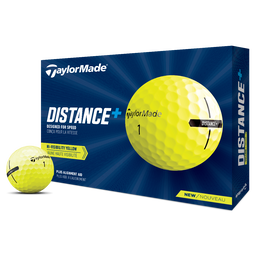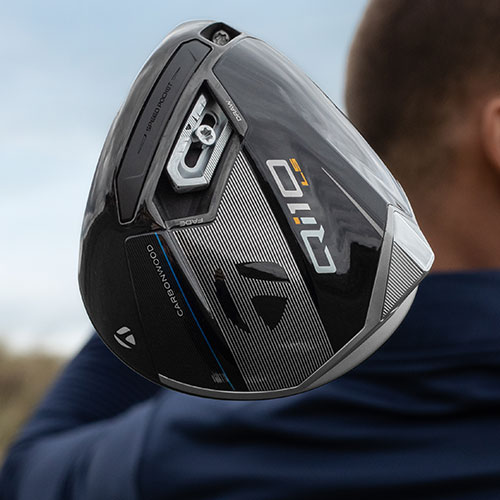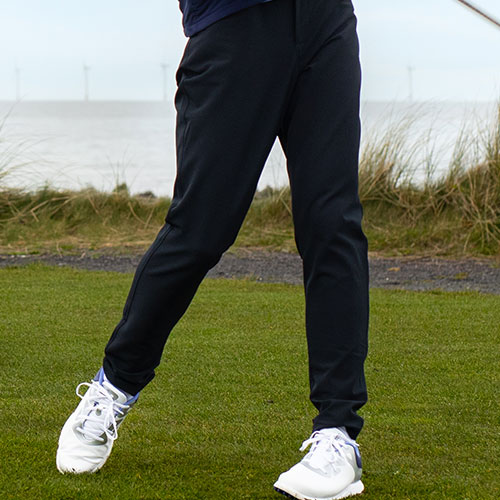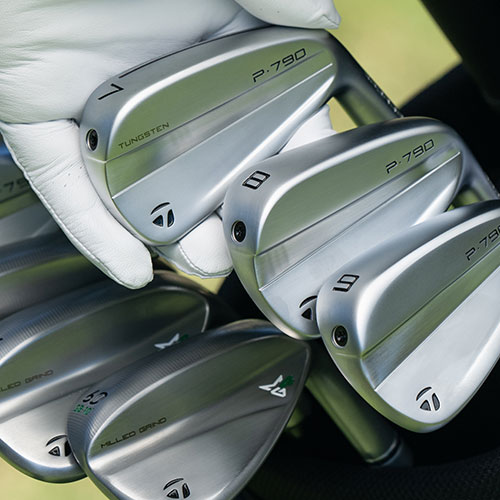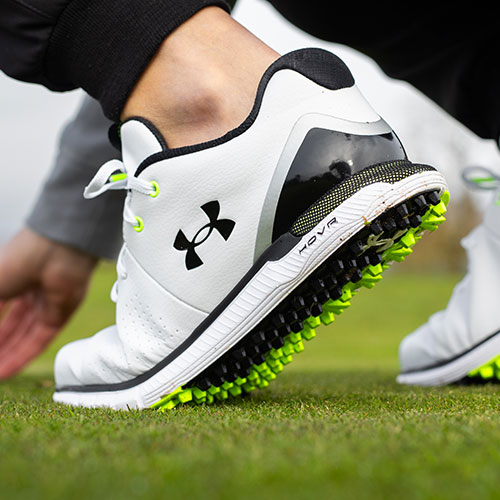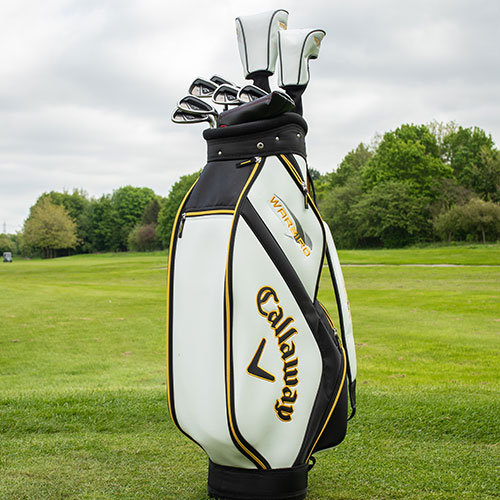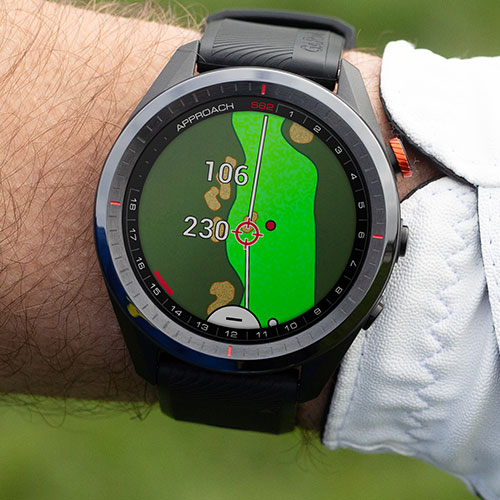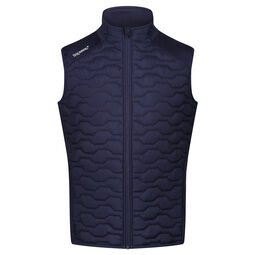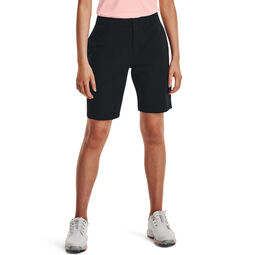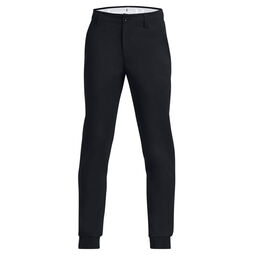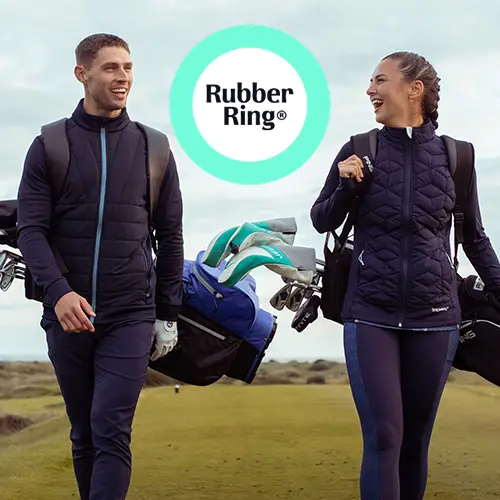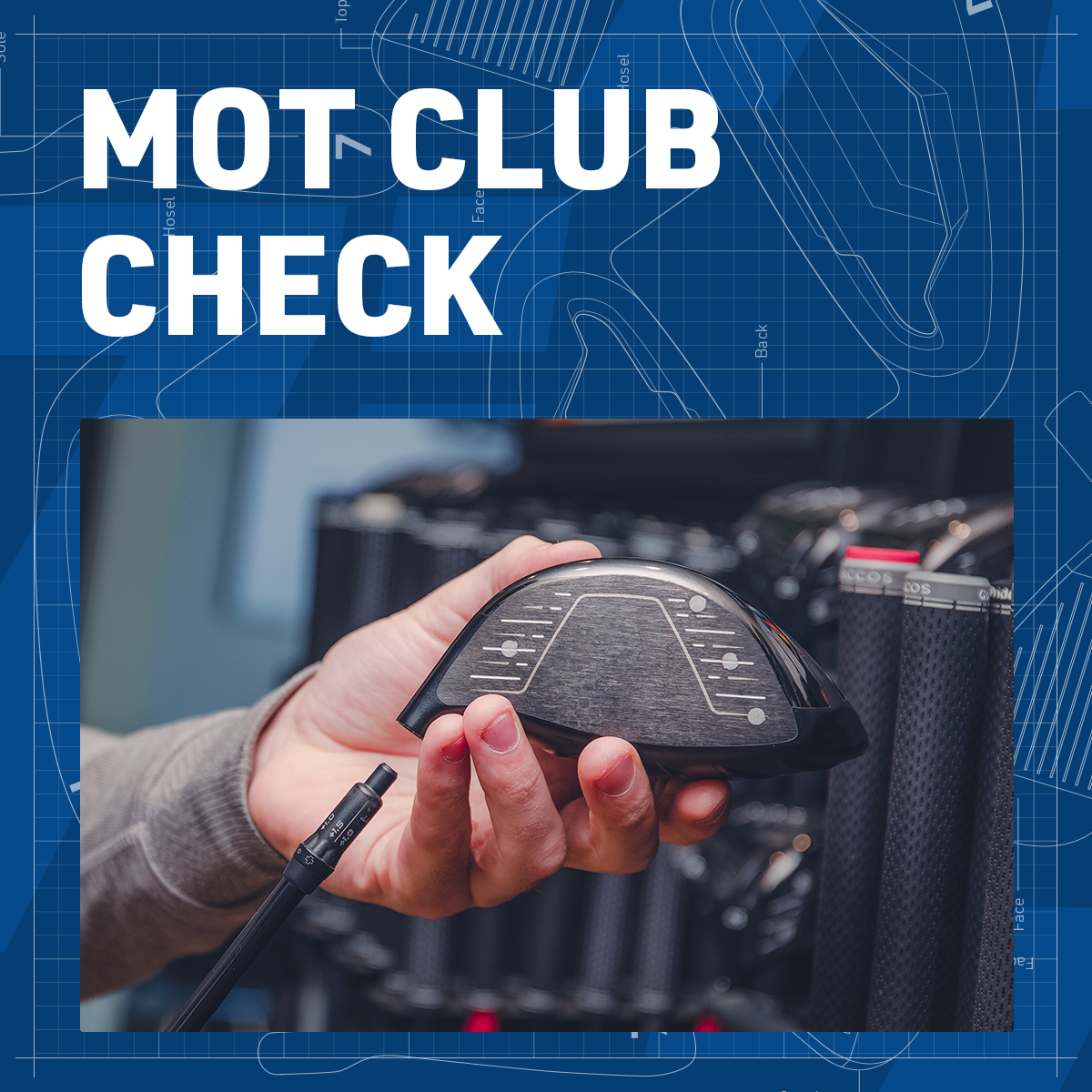Popular Categories
New Arrivals
- Men's Clothing
- Ladies Clothing
- Junior Clothing
Discover More...
Expert advice and inspiration, whenever you need it.
Expert advice and inspiration,
whenever you need it.
Explore Our Services
-
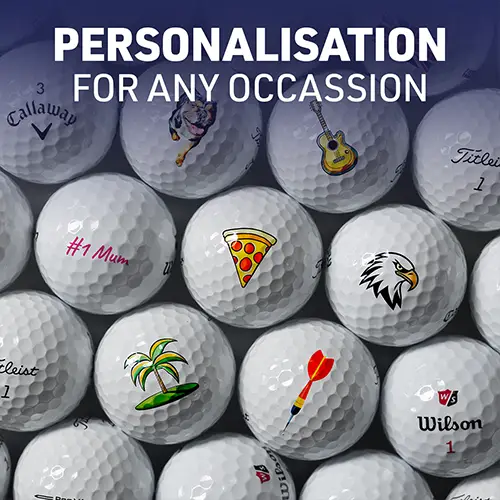
Find out more
My American Golf
Personalisation For Any Occasion - Discover our unique selection of personalised products.
-

Find out more
Trade & Upgrade
In partnership with Golfbidder - Trade in your old clubs for credit against any product.
-

Find out more
Golf Holidays Direct
Offering golf holidays to over 2500 destinations in 21 countries throughout the UK, Ireland, Europe and Rest of the World.
-

Find out more
FREE Game Review
An hour of expert advice, including a review of your technique and golf equipment.
-

Find out more
Free Custom Fitting
Tailor your clubs to suit your measurement and game with our simple 6-step fitting process.
Find Your Nearest Store
Find your local store
85 stores nationwide so there is always one near you












